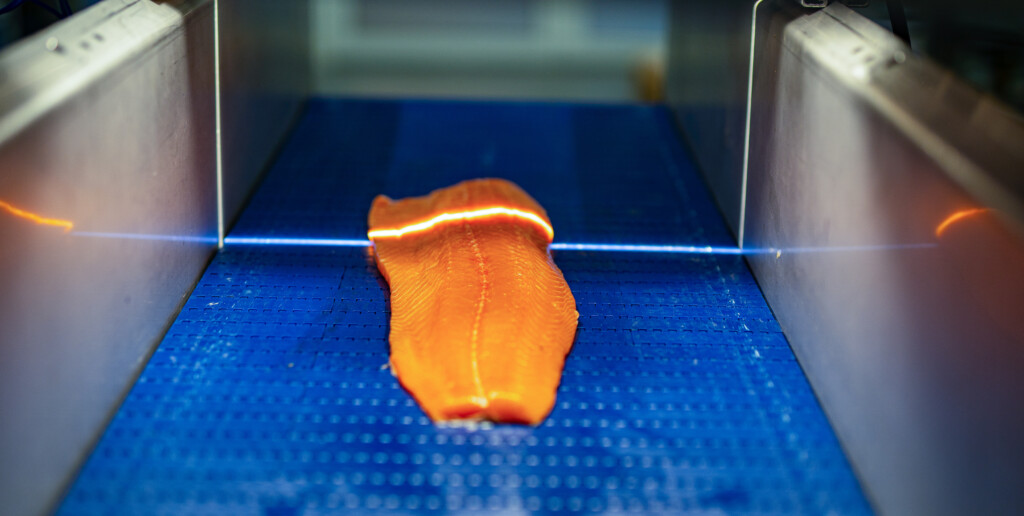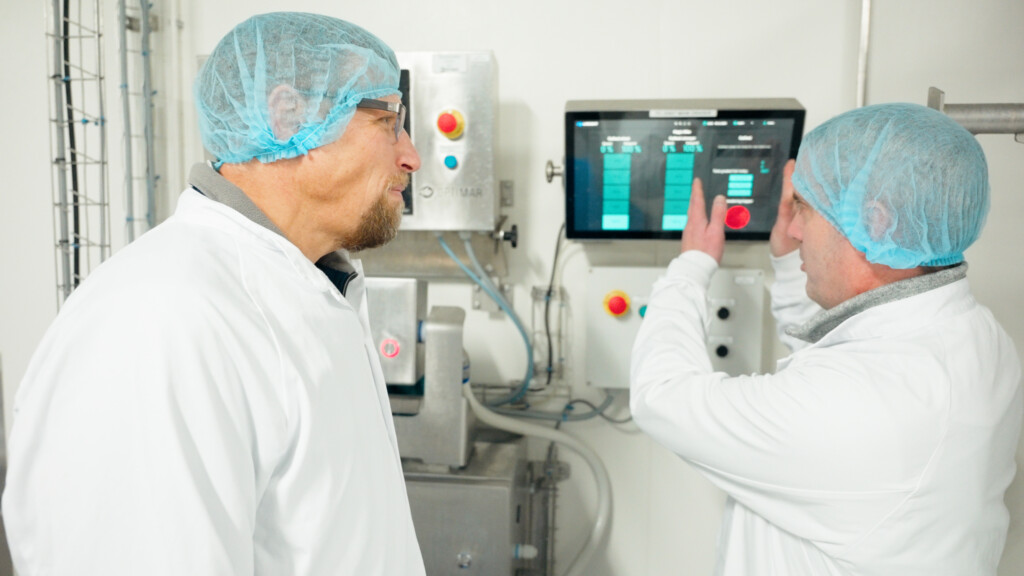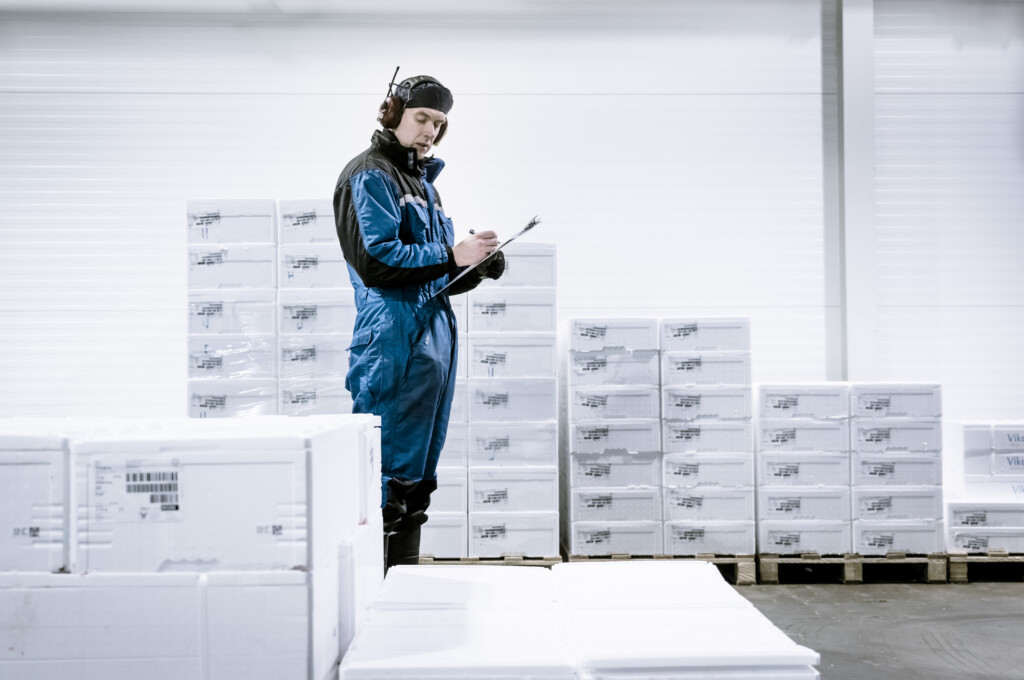New research: Fish Trading Optimization
In the joint innovation project FishTraOpt, Maritech, Lerøy Seafood Group, Møreforskning and Molde University College are researching how suppliers of farmed fish can use Machine Learning to optimize their sales and demand forecast and allocation plan.
AI-based decision support
Since 2020, Maritech has been cooperating closely with Møreforskning, Molde University College and Lerøy Seafood Group in the Norwegian Research Council founded project FishTraOpt, developing supply and demand planning tools utilizing AI (Artificial Intelligence) and Maritech’s Analytics BI (Business Intelligence) software for faster and more efficient distribution of fish. The goal is to provide valuable decision support for aquaculture companies when planning and allocating fish to sales orders.
“Aquaculture companies harvest large volumes of fish that vary in grades based on size and quality, and other factors such as Global Gap or other environmental or quality certifications,” says Oddvar Husby, VP Data Science in Maritech.
“The production, allocation and logistics processes are characterized by a high degree of complexity and uncertainty. Fish are sold prior to the fish being harvested. This means that the actual size and quality of the harvest available to sell is not known exactly. The products that will be available to be allocated to sales, are initially based on projected forecasts until the actual harvest details are known.”

Complex processes
“In addition to the potential variation in volume and quality of the harvested fish itself, which are supplied from multiple fish farms and regions, there are also multiple customers with a variety of sales agreements, all of whom may have different quality, volume, product form, and contractual requirements that must be met. Logistical shipping and product allocation planning decisions must be made very quickly as the product is fresh and any unforeseen delays can result in quality degradation.
As there is never a perfect match between supply and demand, it is not always possible to deliver to customers exactly what has been sold. Once the harvest figures are known, sales quantity and prices must often be rapidly renegotiated, and the shipping planned for, in a very short time period.”
Are you curious?
We would love to talk to you
A new trading algorithm
“In the FishTraOpt project, we are developing an algorithm for aquaculture suppliers,” Husby says.
“This algorithm considers factors like fish size distribution, fish certification requirements, customer priority ordering, customer flexibility, contractual obligations, sales prices, and transport logistics, and matches available fish to sales demand. It will be included in new software tools for decision support, which will be available for traders of farmed fish.
Today, both matching of supply and demand and selection of transportation alternatives are done manually, which takes a lot of time and can lead to suboptimal solutions. Based on this research, we will soon be able to solve complex optimization problems for which no automated solution procedures currently exist,” Husby concludes.
Higher margins, optimized decisions
Using Machine Learning to propose an optimal sales and demand forecast and allocation plan, suppliers of farmed fish will achieve:
- Higher margins
- Increased Revenue
- Increased efficiency
- Better and faster decisions
- Improved ability to adapt to changes
- Reduced workload for planners and salespeople




